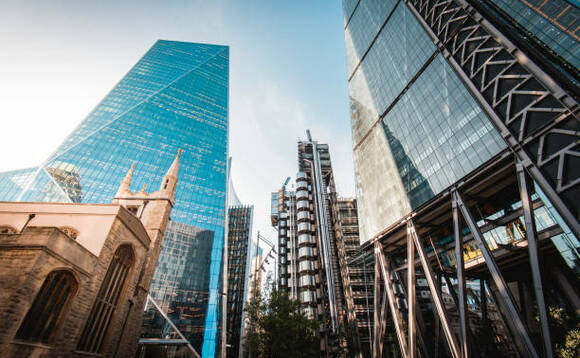Given the performance of traditional asset classes over the past 12 months, people are looking around for alternatives to diversify their portfolios, says Robert Flach, managing director, Argenta Private Capital.
If your clients are looking for an alternative investment that has low correlation to traditional asset classes and has the potential to generate average annual returns of 10% over the long-term, while also allowing them to keep their pledged capital invested in other liquid investments - a so-called double use of assets - then Lloyd's of London is worth a look.
The scale of Lloyd's creates diversity. Steeped in more than 350 years of history, with its origins in a London coffee house, Lloyd's of London has grown from a meeting place for merchants and underwriters in the 1700s to a global institution insuring a plethora of specialist risks in more than 200 countries and territories around the world.
If it's diversity you're looking for, then Lloyd's has it in spades. Individual investors, historically referred to as Names, pledge their capital to a selection of syndicates from a pool of more than 90 according to their appetite for risk. The syndicates use that capital to underwrite specific risks in the market that cover almost every aspect of our daily lives.
So, rather like a mutual fund investment, the investor is exposed to a diverse range of sectors and risk in one vehicle, rather than having everything in one basket. Typically, the major sectors include property, International Liability, Cyber, Professional Indemnity, Terrorism and Marine Cargo (see figure1.) But within this, they could be indirectly underwriting some quirky and interesting risks, such as large sporting events like the Football World Cup, which provides an element of interest to the investment.
Once initiated, we find many Lloyd's investors become highly tuned into global events and their potential impact on current syndicate exposure and where the future opportunities are likely to emerge. It almost becomes a hobby for them.
Figure 1. Sectors of the market that are written at Lloyd's
The infographic was produced by Argenta Private Capital (APCL 2023).
Stable long-term return profile
In good years, premiums exceed pay-outs and investors make a profit, while in bad years, pay-outs exceed premiums and a loss is incurred. But these days, losses are limited to the money assigned to Lloyd's, preventing a repeat of the infamous losses incurred by some Names during the 80s and early 90s.
Over the past 15 years, investors have enjoyed an average 10% rate of return on capital, not including income and capital gains earned from their double use of assets. The 10% annualised returns were based on the period 01.01.08 to 31.12.22, with 2020, 2021 and 2022 year of account returns based on forecasts as at 31.12.22. The Lloyd's Market can be volatile and returns are not guaranteed.
The best time to invest is often cited as the year after there have been large losses, as insurance premiums generally rise the following year.
You will often hear seasoned investors talk about premiums being sticky, ‘going up in the lift and coming down the stairs'. Following the recent 1/1 renewal season and some of the major macro events last year, some premiums are reported to have increased by 37% year on year, demonstrating the opportunity for new investors in the Lloyd's market.
Non-correlated returns
Given the current economic backdrop of rising inflation, interest rates and forecasts of downturns and potentially recessions in some of the major global economies, the low correlation of a Lloyd's investment with traditional equity and bond asset classes are starting to attract attention among investors who are already in the know.
This is perhaps best illustrated by taking a look at returns in the aftermath of the global financial crisis. In 2008, at the height of the crisis, on average Argenta's private clients portfolios achieved a 17.7% return on funds in Lloyd's, followed by a 40.1% return in 2009. In fact, over the subsequent 5 years, they achieved an average 18.32% return on capital.
Tax efficient for UK domiciled investors
Similar to EIS and VCT investments, UK domiciled investors in the Lloyd's of London market are able to benefit from certain tax efficiencies.
For example, once a member has participated in Lloyd's for more than two years, they qualify for Business Relief, providing 100% relief for the value of the assets for inheritance tax purposes which has obvious advantages for families looking to preserve their assets for the next generation.
Families can choose whether to carry on with the investment or exit and distribute the proceeds accordingly. Entrepreneur's relief may also be available on capital gains resulting from the disposal of an investment.
An ultra-high net worth investment
While the concept of investing in Lloyd's is fairly straightforward and easy to understand, access is, for the most part, limited to ultra-high net worth investors. To get a foothold in the market, you must invest a minimum of £1,000,000 and that must account for no more than 15% of your client's total net worth.
By Robert Flach, managing director, Argenta Private Capital





